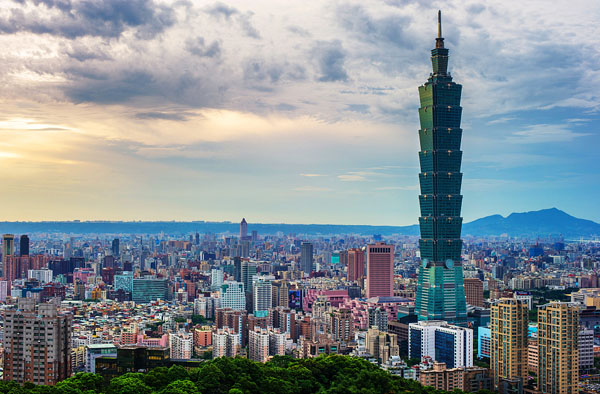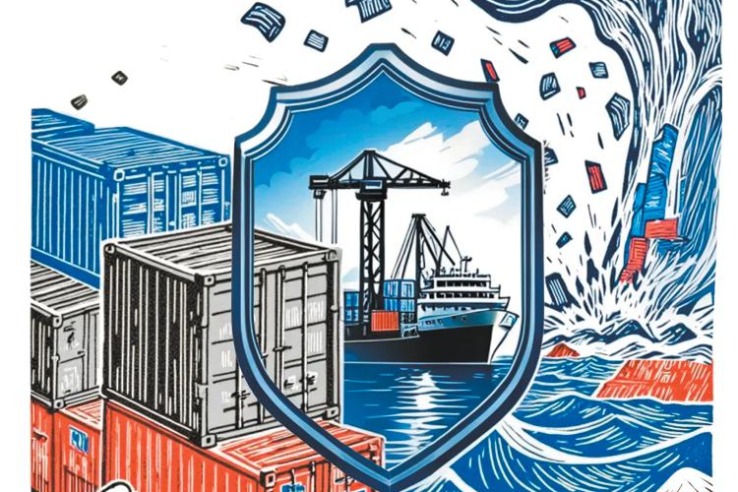Cross-Taiwan Strait integration best way to maintain peace


Compatriots on both sides of the Taiwan Strait want peace and stability, and thus seek an end to cross-Strait tensions that have intensified in recent years. But in his inaugural speech on May 20, the new Taiwan administrative head, Lai Ching-te, paid scant respect to the sentiments of compatriots across the Strait by refusing to acknowledge the 1992 Consensus that there is only one China, prompting the People's Liberation Army to hold large-scale military exercises to preempt any attempt by Lai and his ilk to seek "Taiwan independence".
Lai sees himself as a pursuer of Western democracy in Asia, and is opposed to the Chinese mainland's whole-process people's democracy. But he cannot weaken the bond between compatriots on the two sides of the Strait.
In fact, the strong bond between people on the two sides of the Strait was evident in a grand dragon boat race that was held amid the PLA drills, in Jimei district of Xiamen, Fujian province. And the contrast between the peaceful cultural event and the looming threat of conflict underlines the dual nature of the current cross-Strait dynamics.
Nevertheless, peaceful reunification remains the aspiration of Taiwan compatriots. From June 13 to 15, for instance, thousands of Taiwan representatives from different sectors participated in the 16th Strait Forum in Fujian, fostering friendship and deepening mutual understanding. This shows that despite the stormy political climate, more and more compatriots on both sides are seeking cross-Strait solidarity.
Economics is a crucial link in cross-Strait relations. Since the launch of reform and opening-up, trade and economic ties between the mainland and Taiwan have grown from strength to strength, as is evident from the cross-Strait trade volume, which surpassed $267.8 billion last year, reflecting the high complementarity of the two economies as well as the huge potential for further cooperation.
Economic integration will sharpen the competitive edge of both sides, and help create jobs and improve people's livelihoods. By jointly developing high-tech industries, green energy and modern agriculture, the two sides can share resources and complement each other technologically. Additionally, Taiwan island's participation in the Belt and Road Initiative can expand its international market.
Traditional culture forms an emotional link between the people on the two sides of the Strait. Speaking the same language and sharing the same cultural heritage, the two sides have common historical roots and traditions. Therefore, by increasing cultural exchanges and cooperation, they can deepen mutual understanding and prevent misunderstandings.
In recent years, cultural, educational, sports and tourism exchanges between the two sides have become increasingly frequent. Young people from both sides of the Strait are deepening their understanding and friendship through summer camps, cultural festivals and academic exchanges.
Also, social integration is essential for peaceful development across the Strait. So there is need to promote social integration, which will also enhance the sense of belonging and identity of compatriots on both sides, and help build a community of shared destiny. As such, cross-Strait cooperation in healthcare, eldercare and education should be strengthened. For instance, the two sides can deepen cooperation in healthcare by recognizing each other's medical insurance system, thereby forming a cross-border medical insurance link. They can also collaborate to address the aging population problems, and boost educational cooperation and talent exchanges to cultivate more outstanding talents, and promote common development.
In this regard, realizing peaceful national reunification not only aligns with the interests of compatriots on both sides but also is crucial for maintaining regional peace and stability. So based on the 1992 Consensus, the two sides should engage in dialogue and establish mechanisms to enhance mutual trust.
By strengthening political trust, the two sides can prevent misjudgments and conflict, and by establishing a high-level cross-Strait dialogue mechanism, they can increase communication. The two sides can enhance cooperation in international affairs, too, to address global challenges such as climate change, terrorism and infectious diseases, thus boosting their international influence.
But despite the promising prospects of cross-Strait integration, numerous challenges remain. For example, there is a lack of mutual political trust between the two sides of the Strait, with some elements on the island stirring up pro-independence sentiments. This makes it necessary for the two sides to adhere to the path of peaceful development, oppose any pro-independence activities, and enhance mutual trust through increased exchanges and cooperation.
The two sides also need to intensify their economic integration, by further opening up their markets for each other, lift the trade and investment barriers, and raise cross-Strait economic cooperation to a higher level.
But since cross-Strait cultural and social integration face obstacles, such as information asymmetry and cultural differences, the two sides of the Strait should increase information exchanges and cultural interaction to foster mutual understanding, and promote grassroots interactions and exchanges to lay a solid foundation for peaceful development.
Cross-Strait integration is the best way to achieve peace and prosperity. Through comprehensive integration in the fields of economics, culture, society and politics, the two sides of the Strait can achieve mutual benefit, improve public welfare and help maintain regional peace and stability. As long as both sides adhere to the path of peaceful development and strengthen exchanges and cooperation, they can usher in a new era of peaceful cross-Strait development and achieve the great rejuvenation of the Chinese nation.
The author is chief of China Daily Fujian Bureau in Fuzhou.
If you have a specific expertise, or would like to share your thought about our stories, then send us your writings at opinion@chinadaily.com.cn, and comment@chinadaily.com.cn.


































